My Home, My House, My Stilthouse
The studies that inform Arne Quinze’s monumental installations
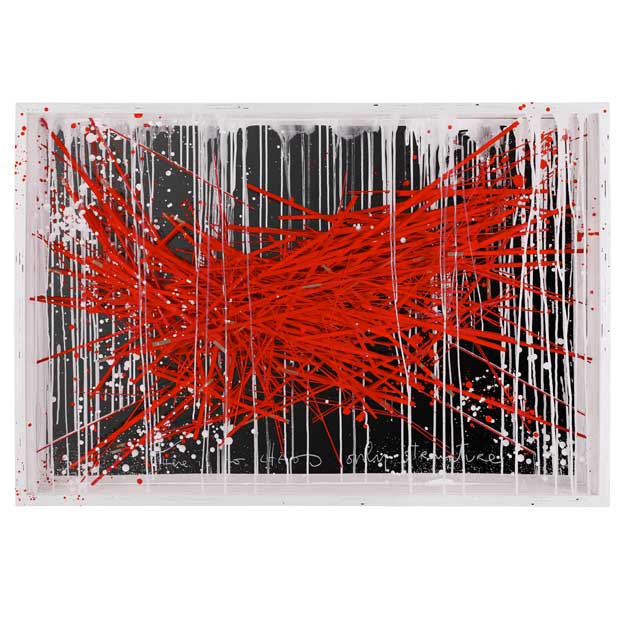
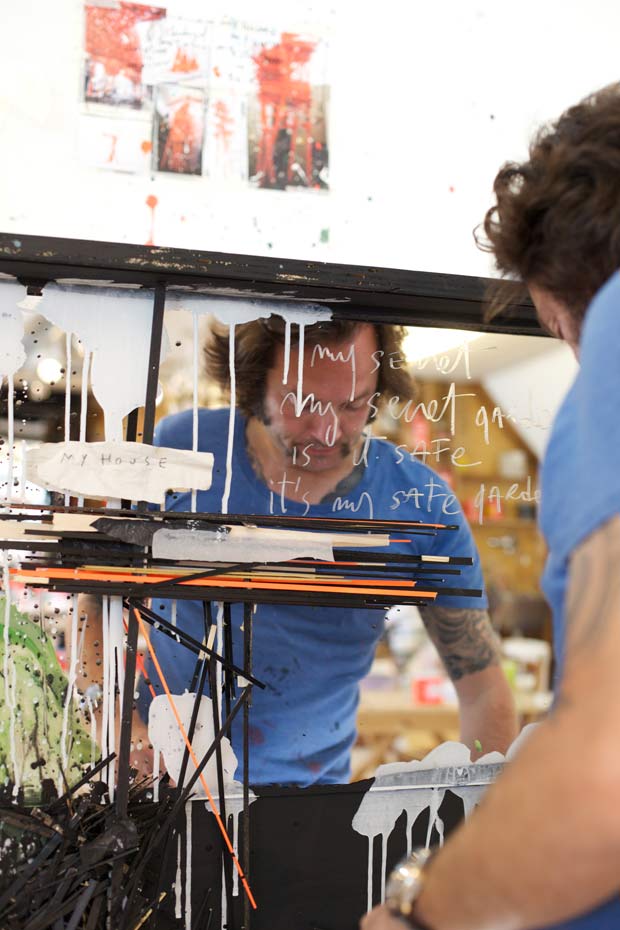
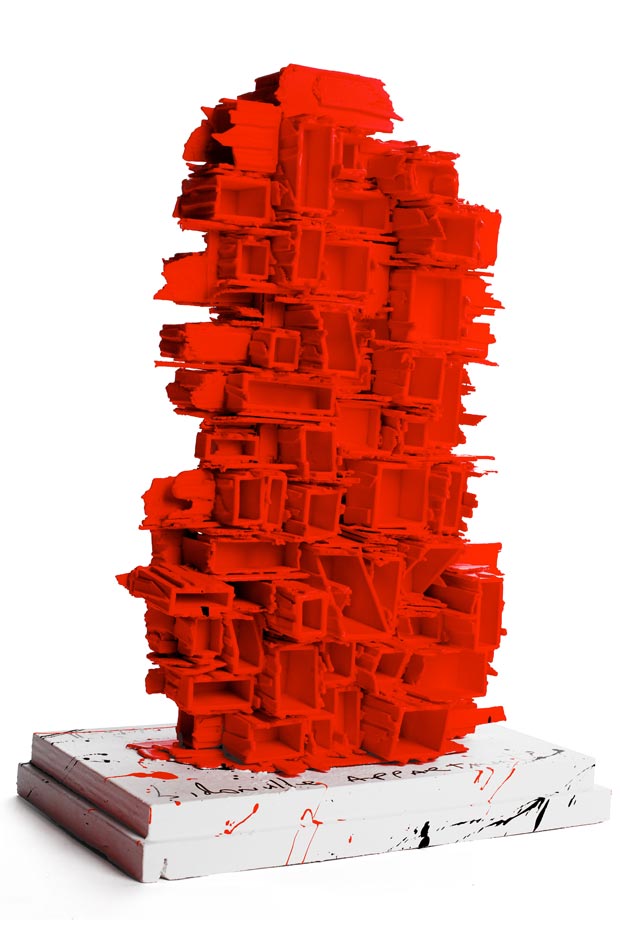
Best known for massive, vibrant wood canopies installed in metropolitan locations, Arne Quinze presents “My Home, My House, My Stilthouse“, a collection of smaller works that helps to explain his larger undertakings. On view now through 31 March 2012 at the Vicky David Gallery in NYC, the new pieces explore themes of escapism, order and voyeurism. The exhibition gives a fascinating glimpse inside the quiet studio work that underpins Quinze’s precariously balanced structures.
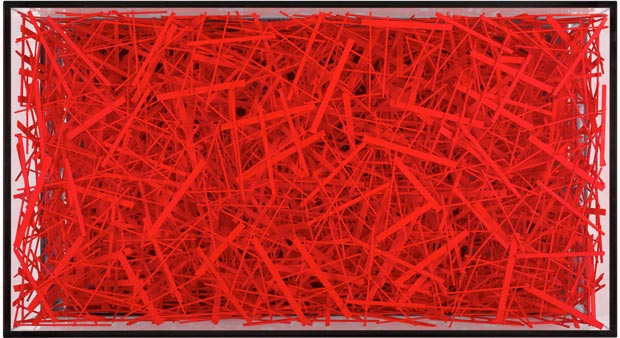
While many see his work as chaotic, Quinze is quick to correct. “I don’t believe in chaos,” he says. “There is absolutely no chaos. There is only structure. I don’t believe in chaos in life.” His work is a constant building, whether that be structures or relationships, and it seeks a democracy in art that confronts and challenges. As people build fences and walls to keep things out, stilt houses to keep things below, Quinze seeks to restructure the world in a manner that is open and engaging.
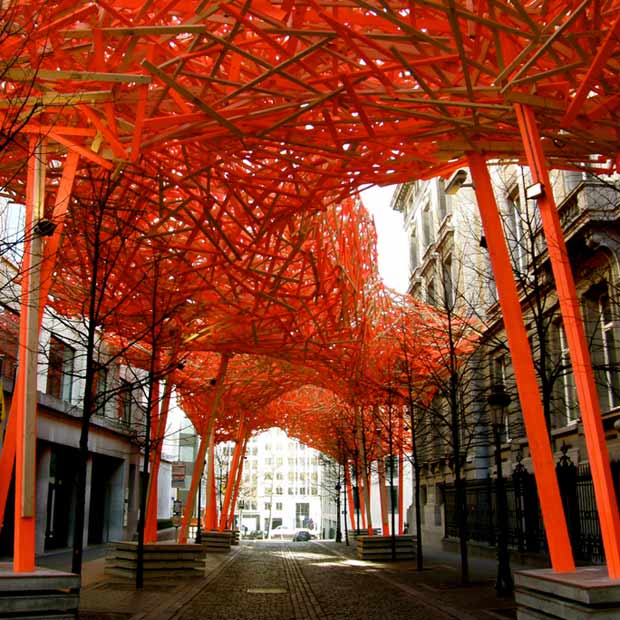
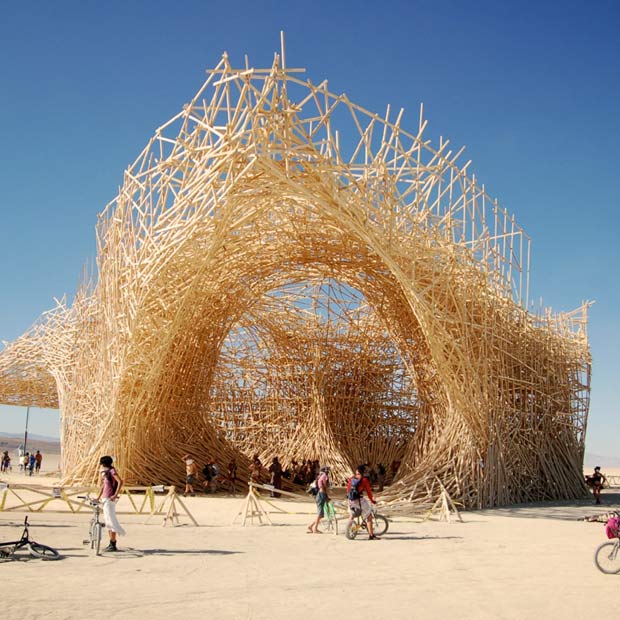
Lamenting the shortage of markets, squares and other places of interaction, Quinze aims to force the issue through public art. “Today we live in a world where everything goes very fast. People are not used to saying ‘hi’ in the streets.” The victory of his work, he explains, is inspiring a dialogue: “They have a kind of openness in themselves, they have a smile, they have something to share, something to communicate with each other. For a moment they forget who they are and they communicate so much easier with each other.”
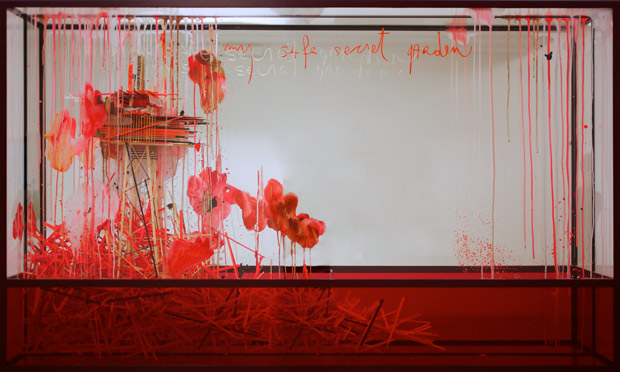
If the large works explore interpersonal interaction, the studies encourage an interface with the artist himself. “My Safe Garden” is a work enclosed in glass and backed by a large mirror. At once inspecting the work and becoming part of it, the viewer is meant to feel a connection to the locked-away corners of Quinze’s imagination. This is only possible to an extent. As he explains, “I give more questions than answers because the safe secret garden is very personal. I will not tell you what is happening in my safe secret garden, but you can be like a voyeur.”
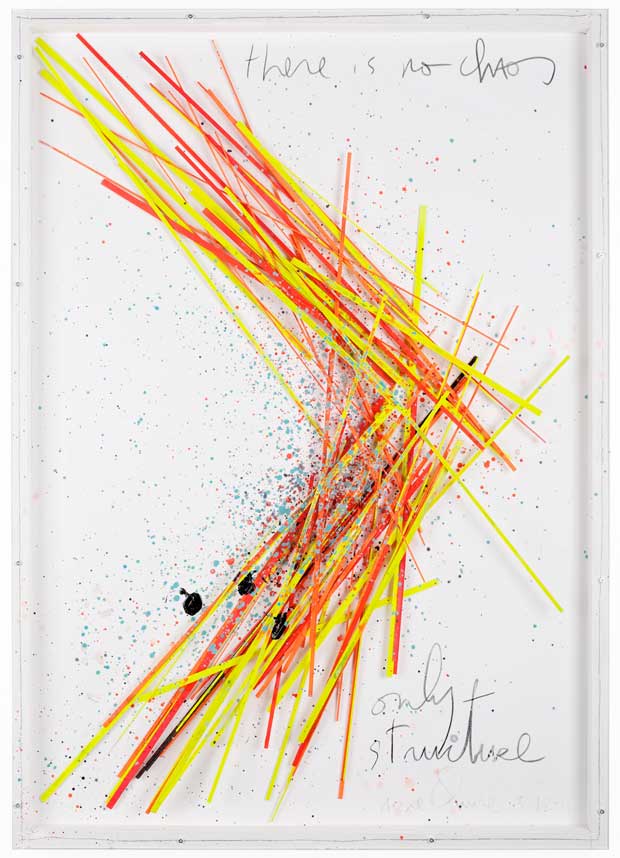
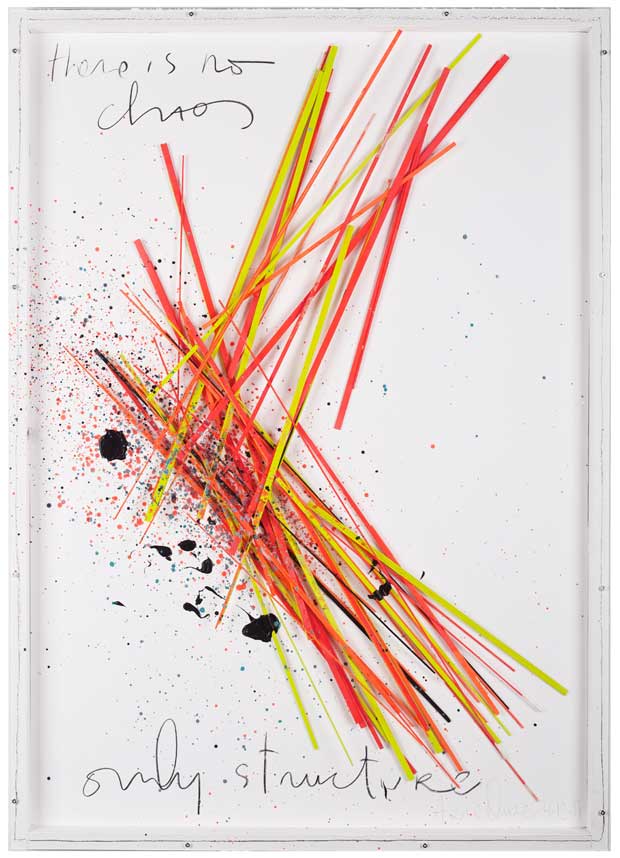
The signature bright vermilion hue of Quinze’s work, he notes, is a color of contrast. As blood, it is both life and death; as fire, both warmth and burning; in nature, both attraction and warning. The majority of the artist’s works are constructed from wood, a “warm” material that gives flexibility and strength to his technically complicated installations. While working with a small team and city engineers, Quinze hand-builds small models to plan each project. The result is then rendered on a computer and adjusted to accommodate structural considerations.
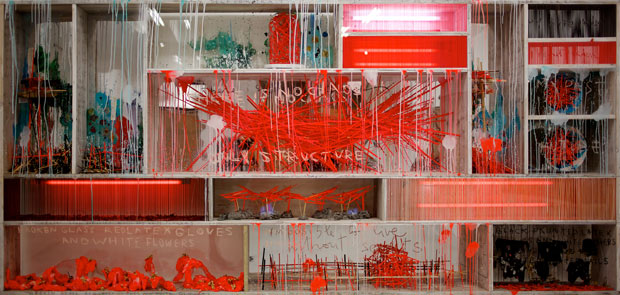
Quinze sees his art originating from the “safe secret garden”, a concept essential to his works. For him, it marks the deepest place a person can go, one that is often hidden from the rest of the world. This theme fits with the city installations, inspiring openness and communication.
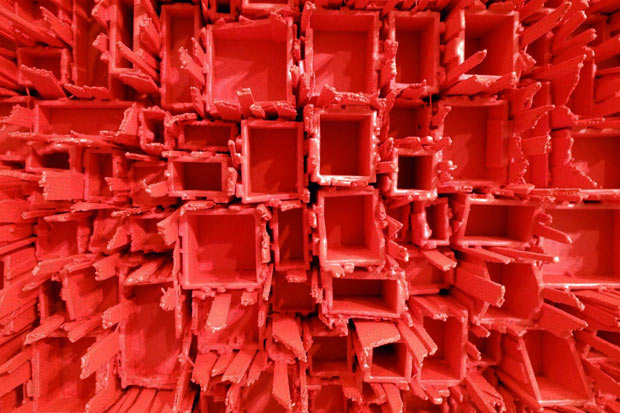
“The studio is what is really happening in my mind—my safe secret garden,” explains Quinze. “And I think from my safe secret garden I create my own world, my own vision of how I perceive, how I absorb the world and how I want to create.” Mapping his own obsessions, Quinze uses elements of these experimental pieces when thinking about how to confront viewers in his installations. Invariably, the audience is transported into his vision, forced from their own consciousness to engage with that of the artist.
My Home, My House, My Stilthouse
2 February – 31 March 2012
Vicky David Gallery
522 W. 23rd Street
New York, NY 10011
All images courtesy of the Vicky David Gallery and Arne Quinze Studio.











